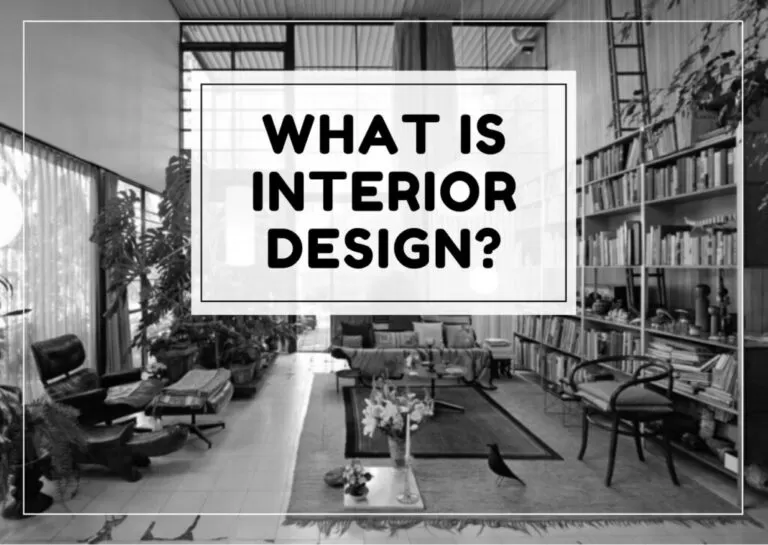Interior design is a category of art design based on four-dimensional space, including space environment, indoor environment, and furnishings.
The modernist architectural movement moved the interior from pure interface decoration to architectural space, and then from architectural space to the human living environment.
The interior decoration is designed based on the visual aesthetics of the space and has a traditional sense.
Rock wall painting is the interior decoration of the cave era when humans inhabited; painted clay pots became the original architectural style herringbone shelters and semi-cavern decorative objects; stone structures use walls as decorative carriers and pillars and arches as essential elements; wooden structure The building uses the frame as the decorative carrier and the decorative system with the change of the beam frame as the content.
There are decorative components such as ceilings, partitions, covers, shelves, and grids.
Interior design involves ergonomics, environmental psychology, environmental physics, design aesthetics, environmental aesthetics, architecture, sociology, culture, ethnology, religion, and other related disciplines.
Interior design is the use of specific material and technical means and economic capabilities, according to the specific environment of the object, grasp the space from the inside of the building and create and organize it to form a safe, hygienic, comfortable, and beautiful internal environment.
Value also needs to reflect factors such as historical context, architectural style, and environmental atmosphere.
The Role of Interior Design
Functionality
The size, shape, overall layout of the indoor space, furniture, environmentally friendly and healthy materials, proper and smooth traffic flow, good lighting, and comfortable physical environment are closely related to the project’s scientific nature.
Aesthetic Artistry
The satisfaction of spiritual needs, such as psychological needs, emotional needs, and individual needs. Such as the sense of security, personal preferences, aesthetic appeal, national culture, regional culture, historical context, and other factors.
Principles of Interior Design
- The principle of holistic design: to ensure the harmonious aesthetics of the indoor space.
- Functional design principle: the use of space, such as layout, interface decoration, furnishings, and environmental atmosphere and function, are unified.
- Aesthetic design principles: reflect the beauty of interior space through formal languages such as form, color, quality, sound, and light.
- Technical design principles: one is the relationship between scale and scale; the other is the relationship between the material application and constructive cooperation.
- Economic design principle: achieve the essential purpose with minimum consumption.
Style of Interior Design
- Traditional style: styles include Ming and Qing, Renaissance, Baroque, Rococo, Islamic, and Japanese.
- Modern style: concrete, flat glass, and steel show simple geometric forms.
- Post-modern style: Use decorative techniques to enrich visual effects, pursue human touch, and advocate metaphors and symbolism, new structures, and new materials.
- Natural style: The natural material style is elegant and straightforward.
- Eclectic style: Combine various styles in time and space to pursue formal beauty and pay attention to proportions.
Training Goal
To train interior design professionals in the decoration design industry as the goal. Through the systematic study of this major, students can master the relevant design principles, AutoCAD construction drawings, Excel budget quotation, Photo-Shop home flat color plan, and other drawing techniques in a short time; as well as knowledge of decoration materials, construction process, on-site room measurement, Practice courses such as simulating and communicating with customers.
After graduation, the trainees can become the talents needed in the current talent market, such as construction drawing design and budget quotation.

